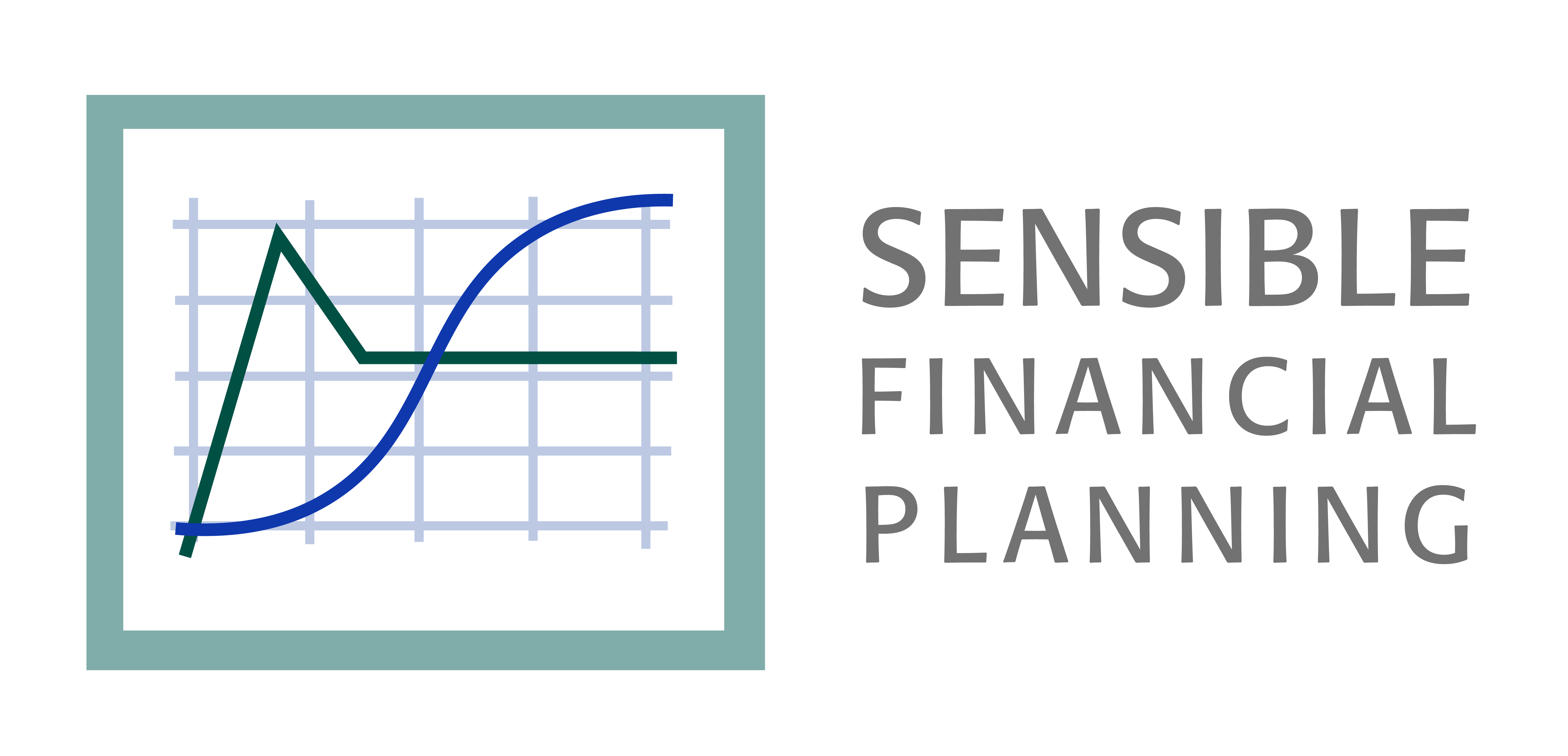
In part one of this series, I gave an overview of market impact, dark pools, and payment for order flow. In part two, I will discuss how these things affect you. For those looking for the conclusion, here it is. It is very hard to know precisely how much, if anything, payment for order flow is costing you. However, the way Sensible Financial manages money makes those costs immaterial. Why do we say that?
Payment for order flow and market impact might affect Sensible Financial clients in two ways. The direct effect is if ETF trades cost more than they would otherwise (payment for order flow does not affect mutual fund trades). The indirect effect is if payment for order flow and market impact hurt the performance of mutual funds and exchange traded funds our clients use.
What is the direct cost of payment for order flow?
One of the larger asset managers has studied the direct effect. They found that investors who are not able to negotiate special arrangements with brokers (“retail” investors like our clients), paid more and earned fewer proceeds for trades. The difference is the amount the broker received in payment for order flow (PFOF).
There are other views on this, however. Some say brokers send trades to certain venues where there is “price improvement”. This occurs when a trading venue executes a trade at a price better (for the investor) than what is required. In some cases, the trading venue pays the broker for sending them that trade. Since the investor benefits from a better price, they’re not concerned if their broker also benefits.
Other observers say that payment for order flow merely changes how investors pay. Previously, they paid trading commissions to their broker. Now, many trades are free, but the trading venue pays the broker, and perhaps the price to the investor is a bit worse. It is less transparent than it used to be, but PFOF should be seen in the context of a “free” trade that used to cost $4.99, $9.99, or $14.99.
It is hard to reconcile these different points of view, and, as described in my previous article, the analysis is difficult. However, if we go back to the worst-case view that says that investors are paying more by the amount that their broker is receiving in PFOF, we can then try to determine how much that is. Fortunately, the SEC has disclosure requirements for brokers that allow us to calculate that cost. For instance, required disclosures show that TD Ameritrade, one of the firms our clients use for custody and brokerage, received an average of 12 cents per 100 shares traded in PFOF in Q4 2020. That is an estimate of how much it costs a client that uses TD Ameritrade for custody and brokerage. Because Sensible Financial’s philosophy is that it is better for you if we do not trade frequently, these 12 cents per 100 shares traded turns out to cost not very much at all.
We reviewed the 2019 trading records of 50 randomly selected Sensible Financial clients. During 2019, the sample clients traded 5,287 ETF shares, on average. For that amount of trading volume, TD Ameritrade received $6.34 in payment for order flow. So, ignoring the possible benefits of price improvement and no-commission trades, the average cost for each of these 50 clients was $6.34 in 2019. The number of trades varies by year, depending on how volatile the markets are, but even for years that are more volatile than 2019, these trading costs are extremely low (much less than one basis point).
Are there indirect costs of payment for order flow and market impact?
Let us now move to the second possible effect of market impact and payment for order flow, the indirect cost. Is the performance of the mutual funds and ETFs we use for our clients hurt by these things? The answers are yes – any manager buying and selling large blocks of stock (like mutual funds and ETFs do) is affected by market impact, which is why alternate trading venues exist, and maybe – mutual funds and ETFs may be affected by payment for order flow. However, we are not terribly concerned about these indirect effects, for the following reasons.
The mutual funds and ETFs that Sensible Financial recommends are managed by large companies such as Vanguard, Fidelity, State Street Global Advisors, Barclays, and Dimensional Fund Advisors. These firms have their own trading desks, meaning they are very much in touch with the markets. They trade huge volumes of stock every day, and they have sophisticated trading analytics departments to help them find the best prices. Their market power enables them to negotiate good pricing with the trading venues and brokers. In sum, they have the volume and data to manage trading costs.
They also are motivated to do so. Investors choose specific mutual funds and ETFs based largely on performance or, in the case of index funds, how closely they track their index. Millions of dollars of management fees are dependent on fund performance, and market impact and trading costs influence fund performance. These companies are strongly motivated to keep trading costs low.
Further, the SEC tightly regulates arrangements where a mutual fund manager might benefit from costs that are paid by a mutual fund it is managing. These regulations limit the extent to which companies like Fidelity or Vanguard could benefit by accepting trading arrangements that cost their mutual funds more.
So, although it is true that mutual fund and ETF investors bear costs from market impact, and possibly from payment for order flow, the managers are well equipped and strongly motivated to manage and limit these costs, and the SEC has regulations in place to limit abuses.
Sensible Financial is not too concerned about market impact and PFOF costs for the mutual funds and ETFs it uses for one additional reason. We use passively managed funds, which trade much less often than the typical actively managed mutual fund. The largest passively managed funds have a turnover ratio (a measure of how much trading is done) of 5% or less. The largest actively managed funds have turnover ratios in the 25% to 50% range, or even higher, five to ten times as high as passively managed funds. So even though all large mutual funds and ETFs suffer from market impact and trading costs, the funds Sensible Financial uses are affected to a much smaller extent by these costs.
In summary, how do market impact and payment for order flow affect Sensible Financial clients?
To summarize, we conclude that ETF trades made for our clients may cost more because of payment for order flow, but if they do, the amounts are so small as to be inconsequential because we trade very little. Benefits such as no-commission trades or price improvement may also offset these costs. Mutual funds and ETFs certainly have costs of market impact and other trading costs, and those costs do erode returns. However, mutual fund and ETF managers are well equipped to manage these costs and are strongly motivated to do so. Further, the types of mutual funds and ETFs that Sensible Financial uses trade very little and so the costs should be quite small.
Please contact your advisor if you have questions.
Photo by Chris Liverani on Unsplash
